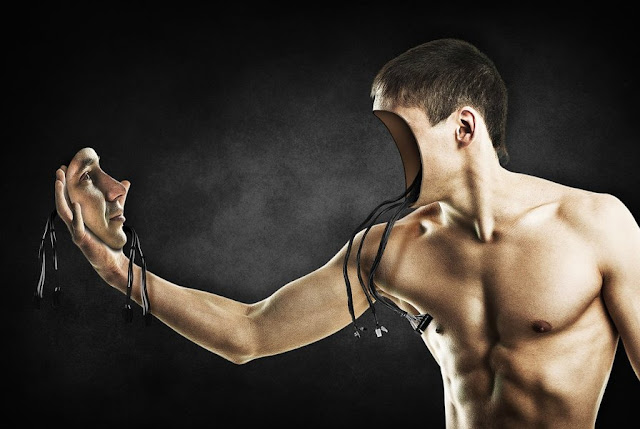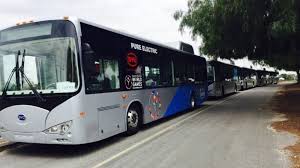Are Self-Driving Cars a Motion-Sickness Nightmare Waiting to Happen?
At first glance, the driverless car sounds great. In 2013 alone, there were 1.25 million car crash deaths worldwide. So auto-driving cars, if they are as safe as we are told, should save many lives a year. There are other benefits. Driving drunk will not be the scourge it once was. A long journey in a study, he found that damage relationships. But maybe if one does not have to drive, they can Skype with their girlfriend, instead. Travelers can avoid traffic-related stress, study, do some work, have a cocktail, or find interesting ways to heat the windows with a fellow passenger.
There is an obvious drawback, so far. This is another example of the mechanization of swallowing work. Taxi drivers and long-distance truck drivers have a better backup plan. His days are numbered. Like those of Uber drivers. The problem with widespread adoption of new technology is, there are always unforeseen ramifications.
Advances in rocketry for example, brought us missiles and Space Race, Teflon, Velcro, Microwave, and even Tang. It also brought us the omnipresent threat of nuclear annihilation, though much less considerable than it was. Reflect if you want, all the changes that the Internet has brought us, both good and bad.
So what could be the unintended consequences of cars without a driver? That is a thorny question that you will never get to the bottom, until those cars are frequent. However, scientists, journalists, futurists and others strive to understand all possible implications. But one thing is increasingly uncomfortably clear; if you are prone to motion sickness, it is better that your health insurer covers Dramamine.
The car without driver is set to inaugurate a new model of transport. But there are certain concerns.
A study by the University of Michigan last year warned of a significant increase in the number of people experiencing car sickness, more than 27% more than before. It is expected that 6-10% of passengers will experience regular discomfort during the journey. Instead of a tablet, you may have a sick bag.
Researchers at the U-M Transport Research Institute say there are inherent characteristics of non-driver vehicles that make the risk of car sickness more likely. Not keeping your eyes on the moving area, and being unable to anticipate which way the car is going, increases the likelihood of motion sickness.
The fact that they do not engage in driving the car, makes it more likely that their stomach turn, the researchers found. Those who are prone to know that keeping their eyes on the road is less likely to cause symptoms. But reading, playing games, or being immersed in your smartphone, makes one more prone.
Some technological fixes, such as panoramic views or larger windows, have been suggested as an alternative solution. Another idea is to have windows as part of the electronic screen, and having screens move with the movement of the vehicle. Critics argue that such bells and whistles are unlikely to reduce risk. The likely end result is that we will not multitask like crazy, but we will not have to drive either.
Things get more complicated as they tend to do with a paradigm shift. There is still a lot of debate about how motion sickness actually occurs. A recent study published in Human Molecular Genetics shows evidence supporting a hereditary predisposition.
Another theory states that dizziness is a conflict between what is recorded in the eyes with the vestibular system of the inner ear, responsible for balance. When what you see does not match the movement your body is feeling, your stomach becomes.
A conflict between what your eyes see and what your inner ear records could cause motion sickness.
Let's say you are seeing a scene in which an out-of-control train moves towards a cliff. Even though your eyes say you are coming down with it, your feet are planted firmly on the ground. It is this conflict that is said to cause nausea. Here, the screens that follow the pace and direction of the movement may help. So your tablet is projected onto the windshield and will bob and flow with the movement of the vehicle.
Kinesiology professor Tom Stoffregen of the University of Minnesota says that instead of a conflict between the entrance of the eye and inner ear calculations, dizziness has to do with postural stability. The body itself is never fully seated. Stay perfectly still and soon you will realize that there are a number of muscles that support you. A smidgIn motion keeps you high. Prof. Stoffregen calls this domain. It is barely perceptible. But it is there. When your body moves in a way that does not tell you too, it starts to feel sick. Stoffregen calls it a conflict between "postural movement and postural outcome". The genetic findings support both hypotheses, unfortunately. What most confuses the issue is that certain people are prone to motion sickness, while others are not. In terms of cars without a driver, no one knows for sure whether more peo





Comments
Post a Comment